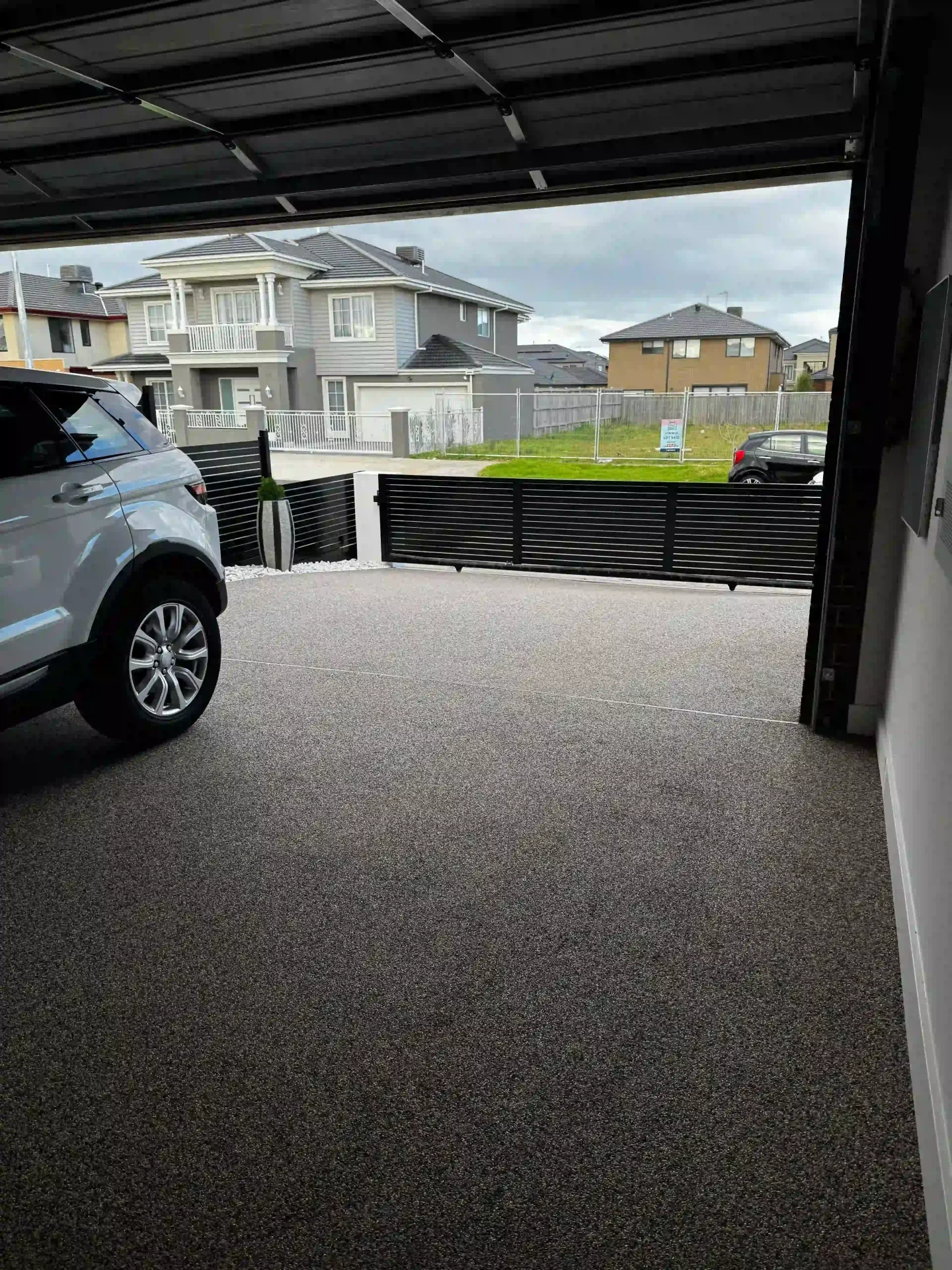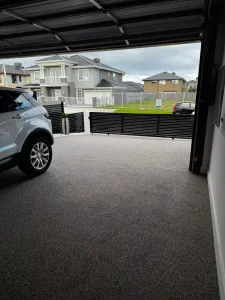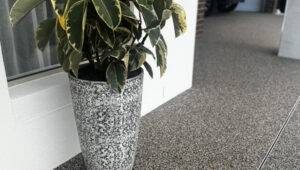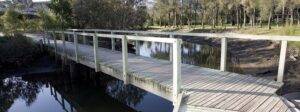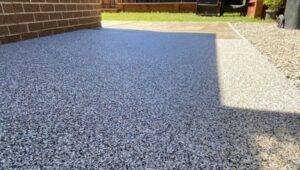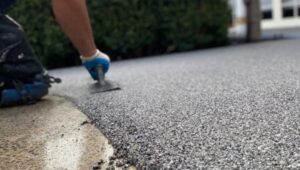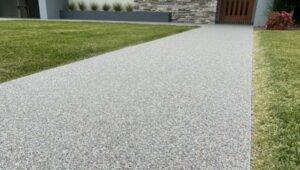In Melbourne, we get every sort of weather – blazing sun, torrential downpours, and cool winter mornings. And although you’ll likely see the effects on your roof or garden, your driveway quietly suffers, too. Sooner or later, even the best-laid driveways begin showing wear and tear. The trick is knowing when a patch-up job won’t work, and a full-on resurfacing is necessary.
Here are the most obvious indications that your driveway should be resurfaced — and why it makes sense to do it before your driveway deteriorates further.
1. Cracks Are Spreading Like Spider Webs
Some tiny fissures here and there might appear innocuous enough. “But when you begin to see long, branching lines or multiple cracks forming a pattern on the surface, that is a cue,” she said. Ivor Royale In Melbourne, they can worsen rapidly due to moisture getting into the cracks and expanding/contracting with temperature changes.
If left on its own, water can creep in below the surface, compromising the base beneath it. That’s when the little bit of damage becomes a big problem. Resurfacing, on the other hand, puts a fresh layer over everything, sealing everything up and keeping the water out while breathing new life into your driveway.
2. Potholes Popping Up
Melbourne’s notorious weather — in particular, those heavy downpours — can accelerate pothole development. If you’re bouncing in and out of your driveway each morning or watching shallow craters develop, not only is it uncomfortable, but it’s also a real car suspension killer.
Potholes are often manifestations that the surface layer has worn away and the base beneath it has lost its support. Resurfacing reports these deficiencies and then puts a new, smooth, and solid surface on top, so you’re not dodging ditches every time you back out.
3. Drainage Problems After Rain
The water should be able to drain out of a well-constructed driveway. If you’re seeing puddles that stick around long after the rain or, worse, water flowing back toward your garage, it may be time for a fix.
Inadequate drainage generally means the drive has developed a hump or settled in spots. Resurfacing can make the original slope functional again so that your gutters lead the water where it should go instead of leaving your foundation wet.
4. The Surface Looks Worn or Patchy
Does your driveway appear tired, worn or stained in certain areas? Over time, things like UV rays, oil spills, dirt and constant tyre traffic can erode the surface layer of the concrete, particular when it comes to older asphalt or exposed aggregate driveways.
If you’ve pressure-washed it and it still looks tired, it’s not just about appearance — it may mean the top layer is losing the qualities that protect it. Resurfacing the driveway not only restores that neat dark finish, but it adds strength — and over the years more years of use.
5. Uneven or Sunken Sections
If parts of your driveway seem to have settled or have an odd gradient, it could be because the earth has shifted underneath. The issue arises in many old driveways or ones that have been built over soft soil. You’ll see the car drooping on one side and will deal with uncomfortable angles when parking.
This isn’t just an ugly sight — it can become severely damaging if you ignore it. Resurfacing, if properly done, can involve levelling and compacting the base before placing a new surface. The result is a flatter, safer driveway and a reduced risk of pooling water in low areas.
6. Previous Repairs Are Falling Apart
I’m sure you’ve already patched some cracks or filled a hole or two. If such repairs are not holding, or you find that you have had to make such repairs multiple times, then the driveway’s days of being patched are probably over.
Somewhere along the line, spot-fixing stops working. Resurfacing provides the entire surface with a uniform finish — no patchy appearance, no varying textures, and much better long-term performance.
7. Weeds or Grass Growing Through the Cracks
For our hardheaded Aussie ones, are we end too? If you’re seeing grass, weeds, or moss growing up between cracks or from joints, that’s a signal. It indicates you have gaps that allow light in and moisture in, both ideal for unwanted growth.
This not only looks messy for the driveway, but roots can also increase the width of cracks or gaps over time. Re-skim a fresh layer to close these entry points and halt this backyard invasion.
8. You’ve Had the Same Driveway for 15+ Years
Most driveways won’t last forever, even with the best of care. Asphalt is generally good for 15-20 years while you might get a bit more out of concrete. “If it’s been ages since your last touch-up, or you’ve never resurfaced it in the first place, it may be time to bring in the pros,” Rich says.
It makes it functional again, increases curb appeal for your home, and usually increases property value (if you’re looking to sell). And it saves you more expensive repairs that can come from the neglect of long-term wear.
9. Loose Gravel or Flaking Surface
If you have a driveway that is made of concrete or asphalt, it can begin to break down right on the surface. You may see small pieces of stone coming away, the surface flaking off, or sandy bits accumulating on the outer edges.
This is the surface degradation of exposure and age. A resurfacing job will also swap out the thin topcoat that has become worn so weak that it may allow further breakdown.
10. It Just Doesn’t Look Good Anymore
Let’s face it — sometimes it’s less about damage than it is about the appearance of your driveway. If your home is newly painted or landscaped, a beat-up driveway clearly stands out for all the wrong reasons. Cracked, stained, worn surfaces can detract from the rest of your home.
Street appeal is everything in a city like Melbourne, and you’d be surprised at how much a driveway can change the look of your house (making suburbs like Brunswick, Northcote or Brighton that bit more exciting) while also making your daily life much easier.

